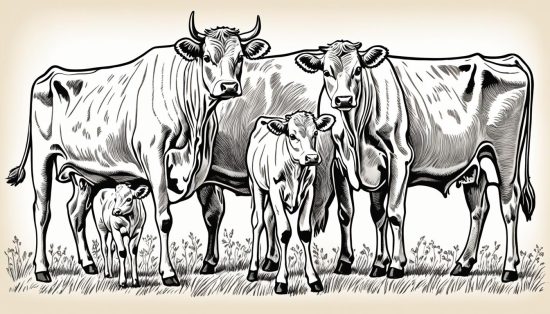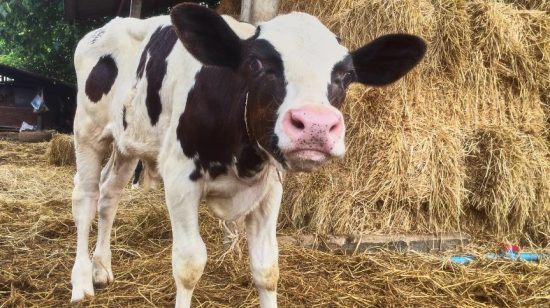How Long Do Rats Live? Everything You Need to Know
How long do rats live? Find out the average lifespan of rats, factors affecting their longevity, and tips for keeping pet rats healthy for years.
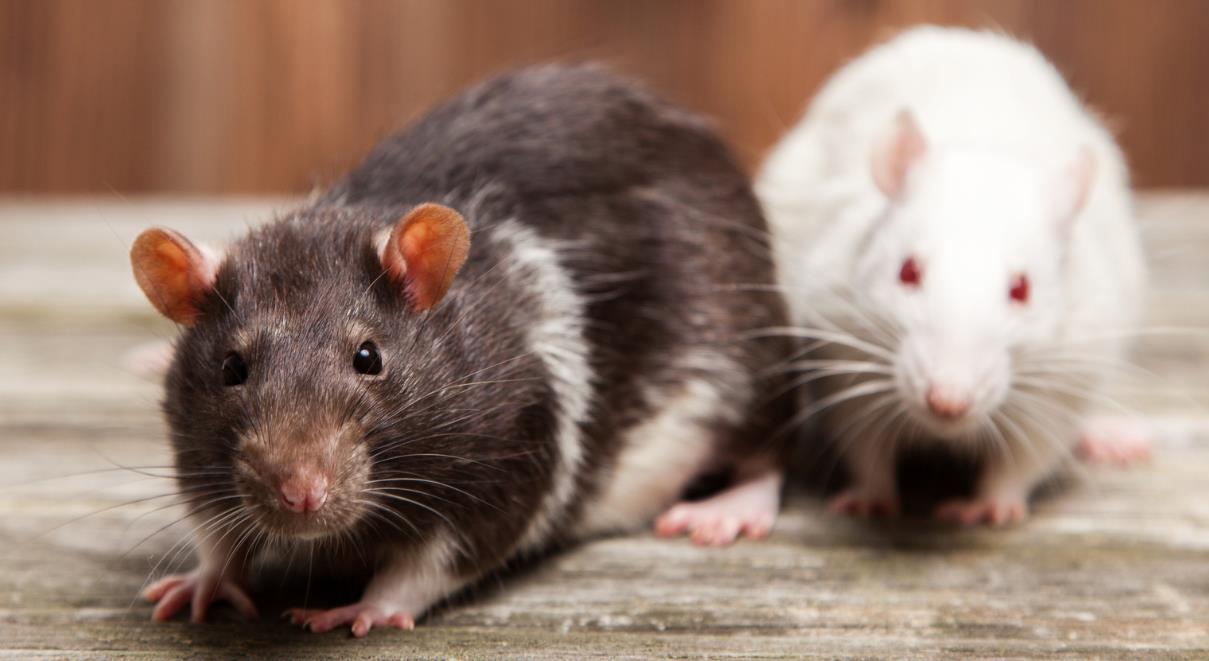
Did you know that the longest-living rat on record reached an astonishing age of 7 years old? While the average domesticated rat lifespan is typically 2-4 years, this surprising statistic underscores the remarkable longevity potential of these intelligent and highly social creatures. As pet rats continue to grow in popularity, understanding the factors that influence their lifespans is crucial for providing them with the best possible care and ensuring they live happy, healthy lives.
Discover how long do rats live in this blog. Pet rats are easy to keep and make wonderful companions, but their lifespan can vary greatly depending on whether they are domesticated or living in the wild. While the average domesticated rat may live up to 4 years with proper care, diet, and environment, wild rats often face a much shorter lifespan of less than a year due to factors like predation, disease, and lack of access to veterinary care.
Understanding the Average Lifespan of Pet Rats

There is a notable difference between the average lifespans of domesticated and wild pet rats. Domesticated pet rats typically live an average of 2 years, while their wild counterparts have a shorter average lifespan of 12 months.
The average lifespan of domesticated pet rats is around 2 years, but they can live up to 4 years with proper care and attention. These rats, often called “fancy rats,” are bred specifically for companionship and generally enjoy a higher quality of life than their wild cousins.
In contrast, wild rats face a much tougher existence. Their natural habitat is less than ideal, and they are exposed to predators, diseases, and a lack of consistent food sources. Thus, they have a smaller chance of reaching their average lifespan of 12 months. The harsher living conditions and threats encountered in the wild also take a toll on their longevity.
Interestingly, female rats, both in captivity and in the wild, tend to outlive their male counterparts by a few months on average. This can be attributed to various physiological and hormonal factors that contribute to the longevity of female rats.
Life Stages and Aging in Rats
Rats go through several distinct life stages, each with its own unique characteristics and time frames. Understanding these stages can provide valuable insights into how rat years compare to human years and how the rat life stages influence their overall lifespan.
Baby (Pup) Stage
The baby, or pup, stage in rats begins at birth and lasts until about three weeks of age. During this time, rat pups are entirely dependent on their mother for nourishment and warmth. They are born blind, deaf, and hairless, gradually developing fur, opening their eyes around two weeks, and becoming more mobile. The rapid growth and development during this stage are crucial for their survival and future health, as they start exploring their environment and begin the process of weaning from their mother’s milk to solid food.
Juvenile Stage
The juvenile stage in rats spans approximately three weeks to six weeks. During this period, young rats become more independent, active, and curious. They explore their surroundings, play with siblings, and learn important social behaviors. Their physical development continues rapidly, with significant growth in size and strength. This stage is critical for socialization, as interactions with their littermates and human caretakers help shape their personalities and future behavior.
Adolescence and Sexual Maturity
Adolescence in rats occurs between six weeks and three months of age, during which they reach sexual maturity. Both male and female rats become capable of reproduction, with females experiencing their first estrous cycles. Behaviorally, adolescent rats may exhibit increased activity, playfulness, curiosity, dominance, and territorial behaviors. This stage is marked by continued physical growth and the development of secondary sexual characteristics, making it an important time for appropriate social interactions and handling to ensure well-adjusted adult rats.
Adulthood
Adulthood in rats begins around three months and extends until approximately 18 months to two years of age. Adult rats are fully grown and sexually mature, with stable behaviors and established social hierarchies. During this stage, they are at their peak in terms of health, strength, and activity levels. Adult rats require a balanced diet, regular exercise, and mental stimulation to maintain their well-being. This stage is often the most enjoyable for rat owners, as adult rats form strong bonds with their human companions and exhibit a wide range of intelligent and affectionate behaviors.
Senior Stage
The senior stage in rats generally starts around 18 months to two years of age and lasts until the end of their lifespan, which is typically around two to three years. Senior rats may show signs of aging, such as reduced activity levels, weight loss, graying fur, and the development of health issues like arthritis or tumors. Care for senior rats often involves more frequent veterinary check-ups, adjustments to their diet and environment to accommodate their changing needs, and providing extra comfort and attention. Despite the challenges of aging, senior rats can remain affectionate and enjoy a good quality of life with proper care.
| Rat Life Stage | Duration | Rat Years to Human Years Ratio |
|---|---|---|
| Baby (Pup) | 0-3 weeks | 42.4 days per rat year |
| Juvenile | 4-8 weeks | 21.2 days per rat year |
| Adolescence | 9 weeks-5 months | 15.9 days per rat year |
| Adulthood | 6 months-2 years | 10.5 days per rat year |
| Senior | 2 years+ | 17.1 days per rat year |
How Long Do Rats Live in the Wild?
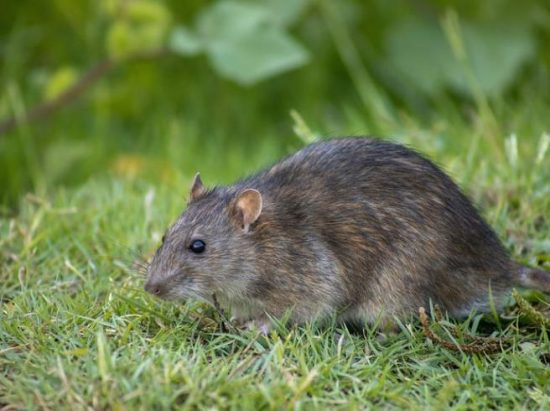
Wild rats’ lifespans are often shorter than those of their domesticated counterparts, as they face a myriad of challenges in their natural habitats. Typically seen as prey, wild rats find themselves at the bottom of the food chain, making their survival more precarious. On average, wild rats have a lifespan of around 12 months, with many not even reaching this average due to factors like predation, disease, and lack of access to reliable food sources.
However, the lifespan of wild rats can vary depending on their environment. Wild rats living in less natural areas, such as urban settings, may have access to more abundant food sources, but they also face different hazards, like the threat of poisoning. Regardless of their location, the care and environment of wild rats play a crucial role in determining their lifespan, just as they do for their domesticated counterparts. While wild rats and domesticated rats may have the same genetic potential for survival, the conditions in which they live ultimately shape their longevity.
How Long Do Rats Live in Captivity?
On average, a pet rat can live between 2 and 3 years. This average lifespan of pet rats is highly dependent on the level of care they receive and the medical decisions made by their owners. Through research, it has been found that the ratio of rat years to human years varies significantly based on the rat’s life stage.
The ratio of rat years to human years changes as a rat progresses through its various life stages. In infancy, 1 rat year equals approximately 42.4 days. During adulthood, that ratio decreases to 10.5 days per rat year. As rats reach their senior stage, the ratio increases to 17.1 days per rat year.
| Rat Life Stage | The ratio of Rat Years to Human Years |
|---|---|
| Infancy | 1 rat year = 42.4 days |
| Adulthood | 1 rat year = 10.5 days |
| Senior | 1 rat year = 17.1 days |
This variance in the rat-to-human year ratio highlights the unique aging process of rats compared to humans, with their lifespan compressed into a significantly shorter timeframe. Understanding these ratios can help pet owners better appreciate the different stages of their rat’s life and provide appropriate care and companionship throughout their pet’s lifetime.
Common Rat Species and Their Lifespans
While there aren’t significant differences in life expectancies between domestic rat breeds, some do exhibit slight variations. White rats, commonly used in laboratory testing, may have slightly shorter lifespans compared to their fellow domesticated counterparts. On the other hand, fancy rats bred by responsible breeders can live up to an impressive 4 years.
White Rat
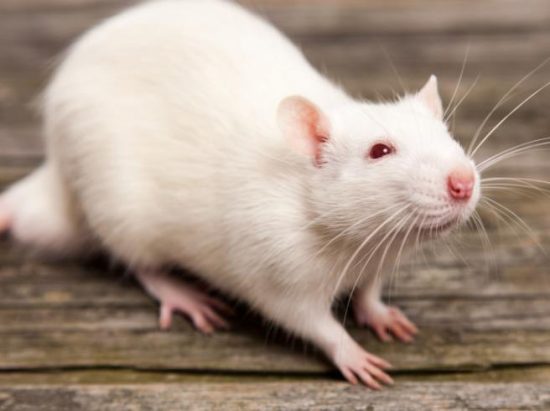
The term “White Rat” often refers to laboratory rats, specifically bred for research purposes. These rats are typically of the species Rattus norvegicus and are known for their white fur and pink eyes. White rats have been instrumental in scientific studies due to their genetic consistency and docile nature. Their lifespan generally ranges from two to three years, depending on their living conditions and care. These rats are valued for their intelligence and ease of handling, making them popular not only in research but also as pets.
Dumbo Rat
Dumbo rats are a variety of Rattus norvegicus characterized by their distinctive large, low-set ears, giving them a unique and endearing appearance. They are known for their gentle and friendly temperament, making them popular among pet enthusiasts. The lifespan of a Dumbo rat typically ranges from two to three years, similar to other domesticated rat breeds. Proper diet, regular veterinary care, and a stimulating environment are essential to ensure their health and longevity.
Fancy Rat
Fancy rats are domesticated Rattus norvegicus bred specifically for companionship. They come in a wide variety of colors, coat types, and patterns, making them a favorite among pet owners. Fancy rats are known for their intelligence, social nature, and trainability. They generally have a lifespan of two to three years, although some may live longer with optimal care. Ensuring a balanced diet, regular exercise, and social interaction can help maximize their lifespan and quality of life.
Albino Rat
Albino rats, another subset of Rattus norvegicus, are characterized by their white fur and red or pink eyes due to the lack of pigment. Often used in laboratory settings, these rats are also kept as pets. Albino rats share a similar lifespan with other domesticated rats, typically living for two to three years. They require special consideration regarding their sensitivity to light due to their albinism, and providing a comfortable and safe environment is crucial for their well-being.
Feeder Rat
Feeder rats are bred primarily as food for reptiles and other carnivorous pets, but they are also of the species Rattus norvegicus. Despite their primary use, feeder rats can be adopted as pets and exhibit the same intelligence and social traits as their more specialized counterparts. The lifespan of a feeder rat, when kept as a pet, is typically two to three years. Feeder rats can lead healthy and enriching lives with proper care, including a nutritious diet, clean living conditions, and regular veterinary visits.
Factors That Influence Pet Rat Lifespan
A pet rat’s diet and nutrition are crucial factors that can significantly impact their longevity. Rats benefit from a balanced diet rich in fresh fruits, vegetables, whole grains, seeds, and high-quality rat pellets. Providing a nutritious and varied diet ensures rats receive the essential vitamins, minerals, and nutrients they need to thrive.
Diet and Nutrition

Proper diet and nutrition are key when it comes to supporting a pet rat’s overall health and extending their lifespan. Rats are omnivores, so their diet should include a mix of protein-rich foods, complex carbohydrates, and a variety of fresh produce. Offering a balanced diet helps prevent nutritional deficiencies that can lead to health issues and shorten a rat’s life.
Environmental Factors
The environment in which a pet rat lives also plays a significant role in their lifespan. Providing an adequately sized cage with proper ventilation, appropriate bedding, and temperature control can greatly contribute to a rat’s well-being and longevity. Ensuring their living space is clean, comfortable, and free of hazards is crucial for supporting a pet rat’s overall health and happiness.
Social Interaction
Rats are highly social animals, and the importance of social interaction for their lifespan cannot be overstated. Keeping pet rats in pairs or small groups allows them to engage in natural behaviors, such as playing, grooming, and cuddling. This social stimulation helps reduce stress and promotes overall well-being, ultimately contributing to a longer lifespan.
Exercise and Mental Stimulation
Regular physical activity and mental stimulation are also essential for a pet rat’s longevity. Providing a variety of toys, tunnels, and climbing structures encourages rats to engage in problem-solving and explore their environment. This not only keeps them physically fit but also helps prevent boredom and cognitive decline, which can negatively impact a rat’s lifespan.
Health Concerns and Preventive Care
Rats, like any pets, can suffer from various health issues that require attentive care and monitoring. Among the common health concerns in pet rats are respiratory problems, tumors, and dental issues. Proper preventive measures and regular veterinary checkups are essential for identifying and addressing these concerns before they escalate.
Common Health Issues
Respiratory problems, such as pneumonia and upper respiratory infections, are common in pet rats. These can be caused by factors like poor air quality, stress, or underlying conditions. Tumors, particularly mammary and pituitary gland tumors, are also relatively common in older rats and require prompt veterinary attention. Additionally, dental issues, including overgrown or misaligned teeth, can lead to significant discomfort and complications if not addressed.
Veterinary Care and Checkups
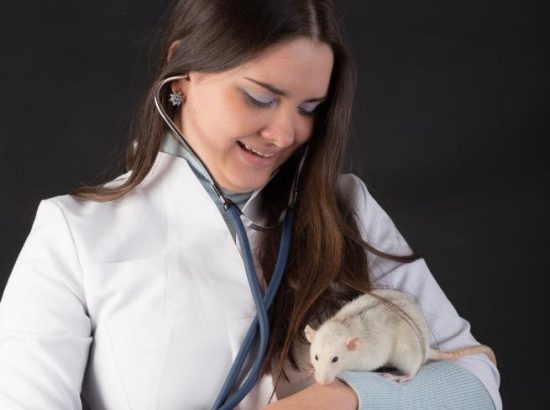
Regular veterinary checkups and preventive care are crucial for maintaining the health and longevity of pet rats. This includes periodic blood work, fecal parasite testing, and physical examinations to detect any potential health concerns early on. By closely monitoring your rat’s weight, behavior, and overall appearance, you can also identify any changes that may indicate a developing health problem, allowing for prompt intervention and treatment.
Investing in high-quality veterinary care for your pet rats is one of the most important steps you can take to ensure their long-term well-being and extend their lifespan. With proactive preventive measures and attentive monitoring, you can help your rats enjoy a healthy, happy, and fulfilling life.
Quality Cage Setup for Longevity
Providing a high-quality cage setup is crucial for a pet rat’s longevity. The ideal cage for pet rats should be at least 2 cubic feet in size and have proper ventilation to ensure their comfort and well-being.
Cage Size and Type
The cage size and type play a significant role in a rat’s lifespan. A spacious and well-ventilated cage allows rats to engage in their natural behaviors, such as climbing, running, and exploring. Choosing the right ideal cage setup for pet rats can contribute to their overall health and longevity.
Bedding and Nesting
The importance of bedding and nesting for rats cannot be overstated. Providing the right bedding materials, such as shredded paper or tissue, can help keep rats comfortable and reduce stress levels. Rats also benefit from having access to nesting materials, which they can use to create a cozy and secure environment.
Enrichment and Toys
Incorporating enrichment and toys for rat longevity can significantly enhance a pet rat’s quality of life. Offering a variety of stimulating items, such as tunnels, ladders, and chew toys, can encourage natural behaviors and prevent boredom, which can contribute to a longer and healthier lifespan.
Summary
The average lifespan of a domesticated pet rat is 2-4 years, while wild rats typically live less than a year. This summary of key points on how long rats live underscores the importance of understanding the factors that can significantly impact a rat’s longevity. Providing a high-quality care, which includes a balanced diet, a suitable environment, ample social interaction, and regular preventive care, can help ensure that pet rats live a long, healthy, and fulfilling life.
By addressing the various elements that contribute to a rat’s well-being, pet owners can maximize their furry companions’ chances of reaching the upper end of the lifespan spectrum. Through this comprehensive approach to rat care, the average lifespan of domesticated pets can be extended, fostering a rewarding and long-lasting companionship between rats and their devoted caretakers.
Ultimately, the summary of key points on how long rats live serves as a valuable guide for pet owners, emphasizing the crucial role they play in shaping the longevity and overall quality of life for their beloved rats. By prioritizing the factors that support a rat’s health and happiness, pet owners can unlock the true potential of these intelligent and affectionate creatures, allowing them to thrive for years to come.
FAQs on how long do rats live
Can a rat live for 12 years?
No, the average lifespan of a domesticated pet rat is 2-4 years, while wild rats typically live less than a year. The longest-living rat on record was 7 years old.
How long do house rats live?
Domesticated pet rats typically live an average of 2-4 years, while wild rats have an average lifespan of 12 months. Proper care, diet, and environment can help pet rats live up to 4 years on average.
Can rats live 20 years?
No, rats do not have a lifespan of 20 years. The maximum recorded lifespan for a rat is 7 years, but the average lifespan for a domesticated pet rat is 2-4 years.
How long do mice live as pets?
The typical lifespan of a domesticated pet mouse is 1-3 years, depending on the care and environment provided. Wild mice have a much shorter lifespan, often less than a year.
Do mice love their owners?
While mice can form social bonds and recognize their owners, it is debatable whether they are capable of experiencing love in the same way humans do. Mice are more likely to develop a sense of trust and comfort with their caregivers.

